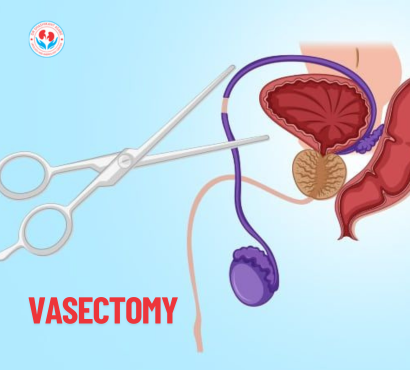A vasectomy is a reliable, minimally invasive surgical procedure for permanent male contraception. It involves cutting or sealing the vas deferens so sperm can’t enter semen. It doesn’t affect hormone levels, sexual function, or ejaculation volume. Most men recover at home within days.
2. Before the Procedure: Preparations & Considerations
- Informed decision: Confirm completion of family planning and mutual agreement with partner. Understand permanence and reversal complexity.
- Medical assessment: Prick test to rule out infection, bleeding risks, and discuss medications—especially blood thinners.
- Day-of prep: Wear tight underwear or a jockstrap post-surgery; shave or clean scrotal area as advised; arrange transport after local sedation.
3. During the Procedure
- Anesthesia: Local injection numbs area; “no-needle” options exist.
- Technique:
- Conventional: one or two small incisions to cut vas deferens followed by sealing (ligation, clips, or cautery).
- No-scalpel: specialized puncture instrument reduces bleeding and bruising.
- Duration: Typically 15–30 minutes, outpatient.
4. Immediately After & Recovery
- Mild discomfort and swelling are normal; apply ice packs and take OTC pain relief.
- Support underwear for 48–72 hours reduces movement and pain.
- Physical rest: Limit heavy lifting and exercise for 3–5 days. Gradual return expected.
- When to seek help: Infection signs like fever, oozing, increasing pain, or scrotal colour changes.
5. Vasectomy Effectiveness & Follow-Up
- Highly effective: Typical failure less than 0.15%; complete effectiveness confirmed after semen analysis shows no sperm.
- Continued contraception: Use backup contraceptives until clearance—usually after 20–30 ejaculations or 8–12 weeks.
- Follow-up test: Semen sample checked; home kits available for privacy.
6. Possible Risks & Complications
- Short-term: Bruising, minor bleeding, infection (<2%).
- Post-vasectomy pain syndrome (PVPS): Rare, treats with meds or, in extreme cases, microsurgical therapy.
- Failure risks: Rare recanalization; pregnancy <0.1% if semen is cleared.
7. Permanent Impact & Reversals
- Hormones & sexual function remain intact.
- Reversal possible via vasectomy reversal surgeries, though complicated, costly, and not always successful.
A vasectomy offers safe, permanent contraception with minimal discomfort and quick recovery. With proper pre-op planning, pain management, and follow-up, it can fit smoothly into your life. Understanding each stage—from procedure to semen clearance—ensures confidence and readiness. Consult a qualified urologist to evaluate suitability and take the first step to long-term family planning.
FAQs
Q1. Does vasectomy affect libido or testosterone?
No. Vasectomy only interrupts sperm transport. Testosterone production and sexual response remain unchanged.
Q2. How soon can I return to work and sex?
Most resume desk work within 2–3 days. Sexual activity is typically safe after one week, provided there’s no pain or bleeding.
Q3. Can vasectomy ever fail?
Yes, but very rare. Failure often due to early intercourse before semen clearance or spontaneous reconnection of vas tubes. Verification via semen test prevents surprise pregnancy.
💡 Tips for Indian Men
- Choose accredited clinics offering no-scalpel technique.
- Budget between ₹12,000–₹45,000 based on location and method.
- Plan for post-procedure care—adequate rest, support garments.

